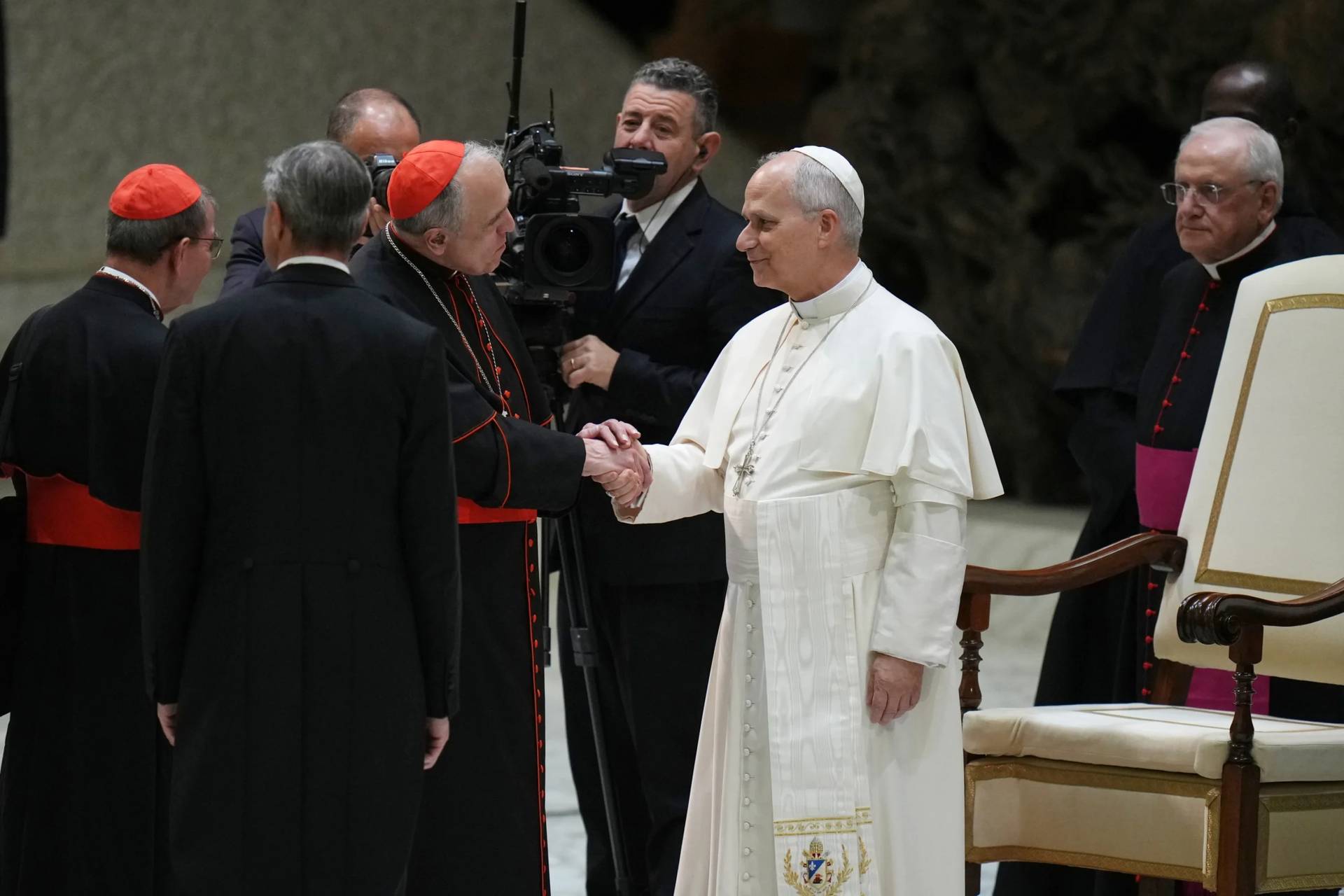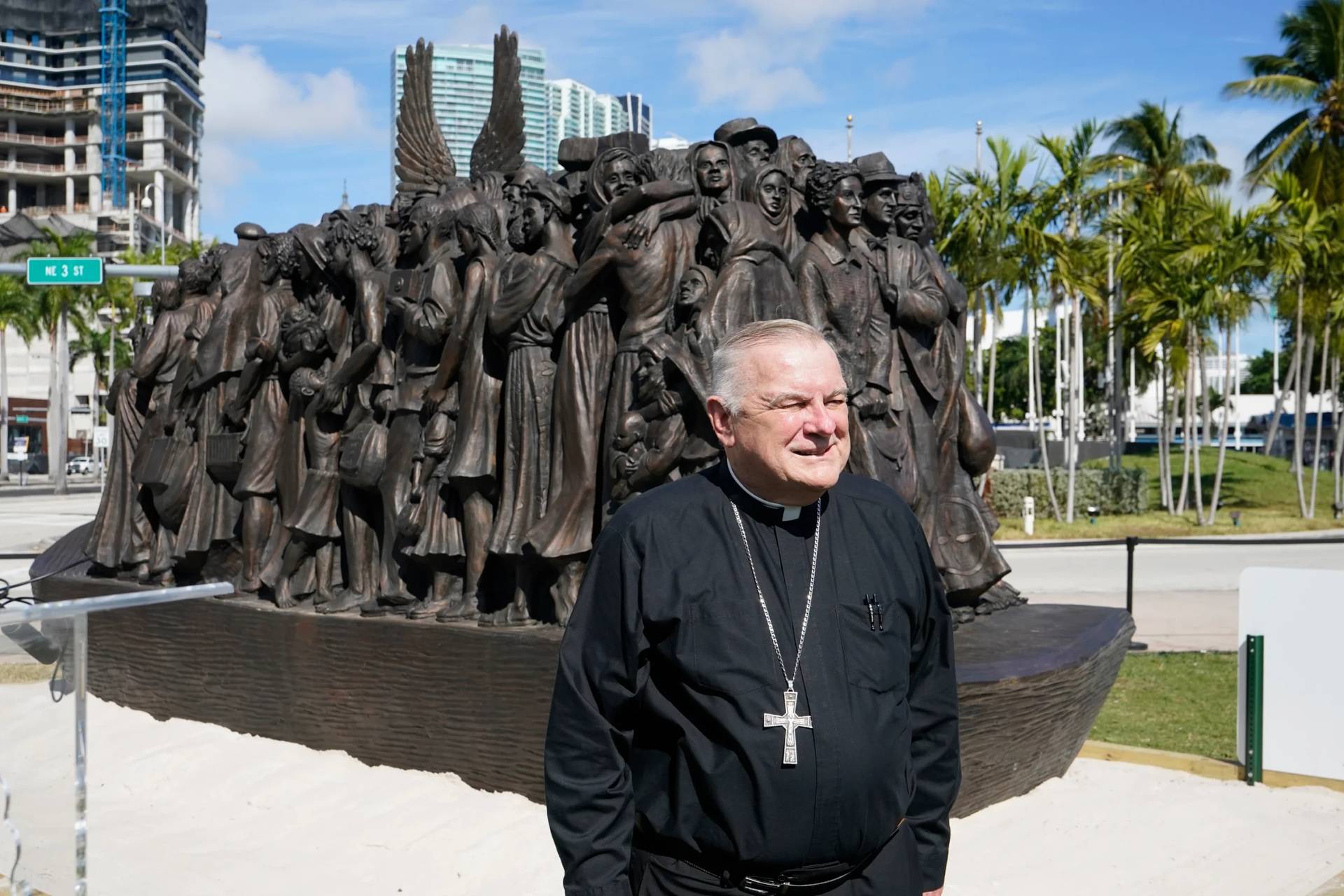ROME – Anyone who’s ever taken an English literature course in an American high school likely knows the classic Edgar Allan Poe poem “The Bells,” which, among other turns of phrase, celebrates “the tintinnabulation that so musically wells .. from the jingling and the tinkling of the bells.”
Those lines, however, were written in mid-19th century Baltimore. In Italy, where it’s basically impossible to find a square inch of space that isn’t with easy acoustical reach of a nearby church tower, yet where levels of religious practice are declining while cultural diversity expands, the constant tintinnabulation of the bells isn’t uniformly a cause for delight.
For years now, Italians have groused, bickered and even litigated over when, how often and how loudly church bells should ring. Official ecclesiastical decrees have been issued, police complaints have been filed, and priests have even been sued and fined for the offense of “acoustic pollution” over their bell-ringing zeal.
The latest entry in this brouhaha over bells comes from the Diocese of Savona-Noli in the northern Italian region of Liguria, where Bishop Calogero Marino has issued a new set of, well, bellwethers:
- Bells should ring normally for 90 seconds, two minutes at maximum to signal major liturgical solemnities.
- The volume should be low enough “not to be a source of disturbances.”
- Bells should ring “only to indicate liturgical celebrations and other manifestations of prayer and popular piety.”
- In terms of marking time, bells should not ring on the hour but only to signal the traditional morning, midday and evening prayers to Mary.
- Bells may ring only between 7:30 a.m. and 9:00 p.m. on weekdays, and between 9:00 a.m. and 9:00 p.m. on feast days, with the exceptions of Easter and Christmas Eve.
- Other uses of bells must be approved by the bishop.
Marino is hardly the first Italian bishop to try to settle the conflict by decree. As far back as 1958, then-Archbishop Giovanni Battista Montini of Milan, the future Pope Paul VI, sent a letter to his clergy urging them to be moderate in the sounding of their bells “so as not to cause anyone avoidable annoyance.”
A quarter-century later, another giant in Milan, the late Cardinal Carlo Maria Martini, found it necessary in response to mounting complaints to decree that church bells should not ring at night, and ordered pastors to observe “true moderation in the length of the sound [of the bells], and in its use.”
In 2002, the powerful Italian bishops’ conference, known by its acronym CEI, issued a circular letter which defended the sounding of the bells as an expression of both cultural values and religious freedom, but, at the same time, also recommended reasonable limits, including “normal use only during daytime hours, a brief duration of the ringing, and a moderate intensity of the volume.”
None of those efforts, however, have brought a lasting peace to Italy’s battle of the bells.
As recently as last January, an Italian priest named Father Leonardo Guerri in Florence lost a long-running legal battle with some 500 local families, who had complained to authorities about “noise pollution” emanating from his parish bells, which, they claimed, sometimes rang out as many as 200 times a day.
After conducting acoustical tests, a regional agency for environmental protection found in favor of the locals and fined Guerri $2,000, in addition to ordering him to sound the bells only between the hours of 8:00 a.m. and 6:00 p.m., and only to mark the celebration of Mass and evening vespers.
“After all these years, during which we have repeatedly asked for our living needs to be respected, we can finally resume our activities inside the houses with more tranquility,” one local told reporters at the time.
Guerri wasn’t an isolated case. In 2008, another Italian priest named Father Stefano Queirolo in Genoa was hit with a much heavier fine of $60,000, after neighborhood residents had been suing him for almost 13 years. The higher price-tag was in part to compensate one of the plaintiffs, a woman who lived near the church, for impaired hearing as well as “social harm,” meaning friends who wouldn’t visit due to the sound, and “moral harm.”
In 2015, Monsignor Giuseppe Gianotto in Pramaggiore in northern Italy was fined $1400, also by a regional environmental agency for the offense of “noise pollution.”
In general, Italian civil courts have treated the ringing of church bells to mark liturgical celebrations such as Sunday Mass as a protected form of religious expression, but other uses — to celebrate a victory by the local soccer team, to announce a parish fair, and so on — are seen as amenable to regulation.
Observers also say it’s easier for churches of more recent construction to moderate their noise levels, since they often use recordings and loudspeakers which can be easily turned up or down. It’s more difficult with older churches which rely on actual, centuries-old bells, which only ring out at one volume level.
While it remains to be seen if the new edict in Savona-Noli will be enough to keep the peace there, it’s a good bet that in multiple spots up and down Italy today, people will awaken to the sounds of the bells – some with contentment, and others with consternation.















